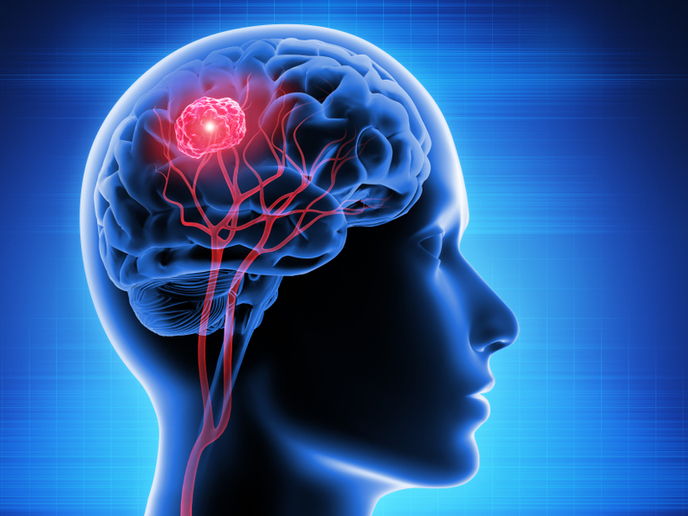Taking advantage of hypoxia to treat cancer
As solid tumours proliferate rapidly, they often take up all nutrients and oxygen, generating regions of hypoxia and low pH. Due to the limiting blood supply, these areas are impermeable by chemotherapy and ionising radiation. To survive under such stressful conditions, cancer cells have generated adaptive mechanisms. Disrupting such mechanisms as a means of eradicating cancer was the subject of the EU-funded Euroxy study which involved over 21 European partners. Project partners utilised molecular biology methods to identify such adaptive pathways alongside molecules with prognostic value and therapeutic potential. Markers included new targets of hypoxia-inducible factors (HIFs) and HIF hydroxylases, as well as molecules involved in UPR and mTOR pathways. Gene expression patterns of hypoxic tumour tissues were revealed, yielding information about disease progression and prognosis. Carbonic anhydrase (CA IX), which is shed by the hypoxic tumour cells into the bloodstream, was identified as a potential biomarker for monitoring tumour progression. Novel imaging techniques of the hypoxic tumour areas were also developed which could potentially be used as a guide for giving differential irradiation doses within a tumour. Through animal studies, project partners managed to identify bioreductive compounds that work best under low oxygen conditions as well as inhibitors of pH-regulating enzymes as putative anti-cancer drugs. Additionally, the combination of irradiation and hypoxia was found to be most effective in tumour eradication. The Euroxy project, apart from making significant scientific discoveries regarding the mechanisms underlying tumour hypoxia, inspired the development of different products for the commercial market. The success of the consortium was followed through with a further EU-funded project grant that aimed to clinically test the project’s findings.







